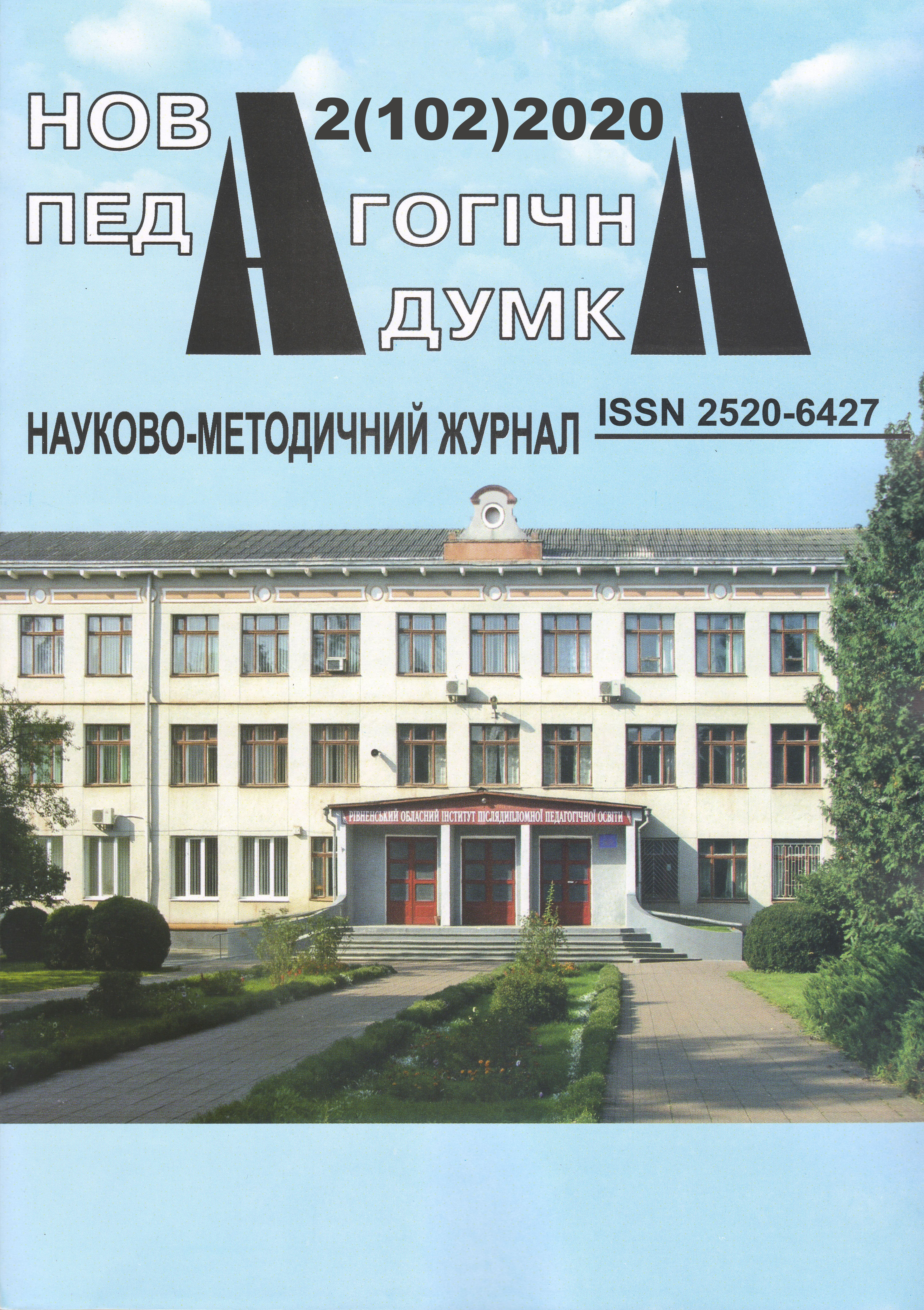Applying CLIL method to teaching maritime english
Abstract
Maritime industry has a multinational and multicultural fleet which works worldwide. Thus, there is a need in clear interaction among seafarers as a great number of accidents at sea occur due to communication failures.
To prevent these accidents maritime educational institutions are constantly searching for effective methods of teaching and learning Maritime English. It has been
mentioned in the article that the content and language integrated learning (CLIL) corresponds to nowadays demand when Maritime English has to be taught in short period and reflects cadets’ professional sphere. The author of the article studies the features of CLIL, describes content and practical teaching experience that could be used when studying a foreign language. The article reflects practical examples of teaching activities for implementing CLIL in the educational process, that is a series of lessons on the theme «Anchoring» developed on the basis of CLIL approach that could help teachers to plan and implement professional content in Maritime English communicative teaching. In each lesson foreign language professional communication and professional activities are integrated in educational process. Each lesson is build according to the CLIL approach, principle of structural integrity and incudes logically joint parts. Much attention in the article is paid to the description of different activities that may be applied to the CLIL lessons and may help cadets to master successfully the knowledge from professionally-oriented subjects and Maritime English communicative skills, increase their curiosity and motivation. Among the activities described in the article are warm-up activities, activities for developing reading, listening, viewing, speaking and writing skills, role playing activities and simulation of professional situations.
Particular attention is paid to the learning and practicing Standard Marine Communication Phrases that relate to either external or onboard communication topics; and case study that makes cadets apply their knowledge and skills for analyzing real situation in the form of educational and vocational case.





